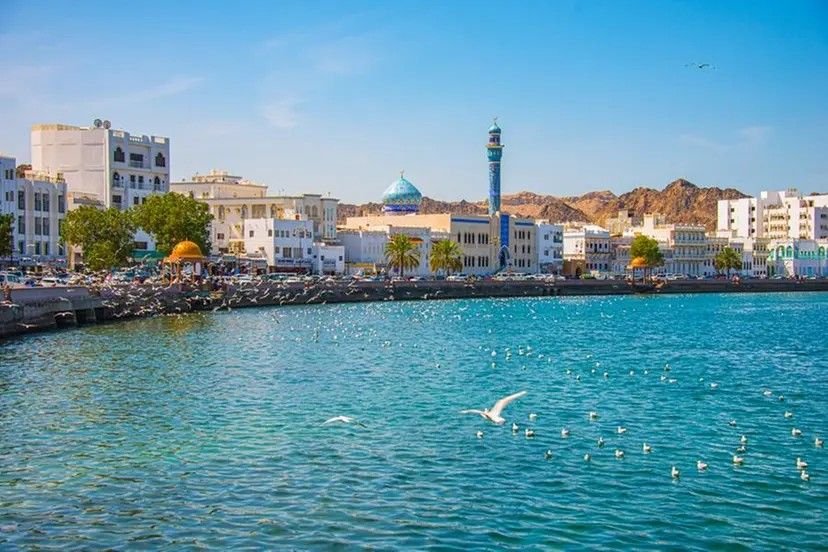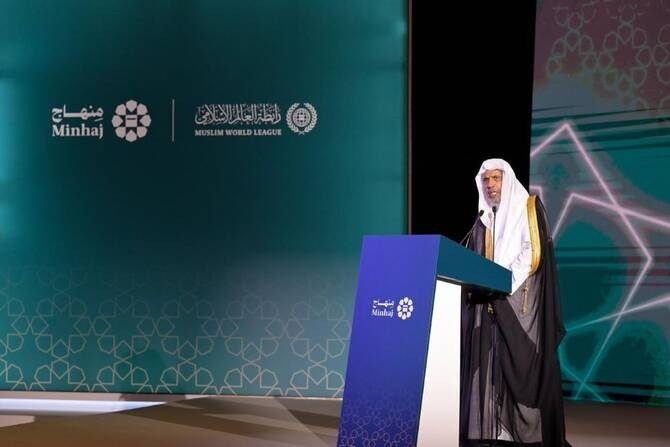Since its launch in 2021, Oman’s National Programme for Digital Transformation, Tahawul, has reached an overall performance rate of 80%, marking a 19% improvement over mid-2024 results. This progress, announced in May 2025 by the Ministry of Transport, Communications and Information Technology, highlights advancements in government digital infrastructure readiness, streamlined public services, and increased e-service adoption.
Government bodies’ average digital readiness reached 81%, with infrastructure readiness at 86%. Procedures for 96% of targeted services were simplified, including 381 services refined under the Manjam Labs initiative. Furthermore, 74% of priority services have been digitized, and over 11.4 million digital transactions were processed by 48 government agencies from January to May 2025.
Key milestones include launching a unified government services portal offering 23 services, which has served 35,746 users with nearly 3,905 service requests. A sign language library supports accessibility for users with disabilities.
The OmanNet electronic payment gateway processed 14.5 million transactions in Q1 2025, enhancing fraud prevention and encouraging digital payments. The Wusool electronic document management system has over 17,000 users and processed 1.5 million documents across 20 agencies.
In the first half of 2025, 1.57 million digital transactions used electronic authentication. The National Electronic Integration Platform exchanged 163 million records, and over 90 digital public consultations were conducted to foster citizen engagement.
Tahawul, a central component of Oman’s National Digital Economy Programme (2021-2025), aims to achieve a fully digital government by embracing good governance principles and emerging technologies.















